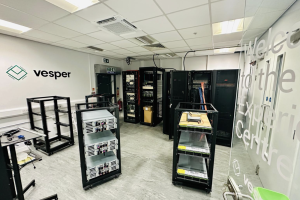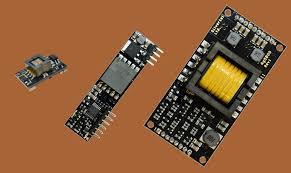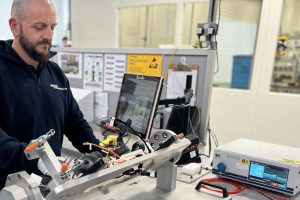The image sensor and camera markets are projected to grow at CAGRs of 5.4% and 6.9%, respectively, between 2023 – 2029. At the end of this period, both segments will reach $3.2 billion and $8.4 billion, respectively.
The automotive imaging industry is recovering this year from the chip shortage of 2021 – 2022.
Valeo and Bosch are among the traditional Tier-1s still leading the market at the camera level.
The Chinese automotive camera ecosystem is developing rapidly and will change the status of traditional Tier-1s. Companies such as Sunny Optical are adopting a vertical approach transitioning towards offering modules instead of just optics.
In 2023, the automotive industry saw a resurgence in production, reaching approximately 88 million vehicles.
This uptick was accompanied by a notable rise in the automotive camera market, which soared to $5.7 billion. Projections suggest these markets will continue to expand, with expected CAGRs of 6.9% to reach $8.4 billion by 2029. On the component level, automotive lens set market is estimated at $1.7 billion in 2023.


The increased adoption of high-resolution cameras and advancements in product offerings will drive the growth of the market to reach US$2.4 billion by 2029 with a 6.5% CAGR.
“Looking ahead, the automotive image sensor market is poised for substantial growth, forecasted to increase from $2.3 billion in 2023 to $3.2 billion by 2029 with a 5.4% CAGR “ says yole’s Anas Chalak, “this growth will be primarily driven by the increased camera implementation per car and the adoption of high-resolution sensors. Of particular interest, the growth in the image sensor market outpaced that of the semiconductor industry, buoyed by the recovery from the chip shortage.”
Furthermore, ADAS cameras are projected to reach $3.6 billion by 2029, with side and rear cameras gaining popularity. DMS are anticipated to exceed $1 billion by 2029, indicating significant opportunities for expansion.
Niche markets such as OMS and e-mirrors also show promising growth potential, aiming to enhance the human-machine interface and the overall driving experience.
The automotive imaging sector is recovering from the chip shortage experienced in 2021 – 2022 and observed both an uptick in shipments and a decline in ASPs for image sensors and cameras in 2023.
Valeo stands out as a leader in the ADAS and viewing camera segments, commanding market share of 22% and 19%, respectively. While traditional Tier-1 companies continue to dominate the ADAS market, the Chinese supply chain is strengthening its position in the viewing camera sector, with emerging players such as Sunny Optical, Hikvision, and DJI.
“onsemi maintains its prominent role in the image sensor market, capturing over one-third of the total market share, closely followed by Omnivision and Sony. Sunny Optical, specializing in R&D for cost-effective optics for high-resolution sensors, holds a commanding 37% share in the lens set market,” says Yole’s Zine Bougamri.
The DMS market presents lucrative opportunities for manufacturers of image sensors and cameras, with evaluation programs gaining traction in China and regulatory measures expected in Europe by 2026.
Mobileye continues to dominate the ADAS computing market, with a market share exceeding 50%.
 Electronics Weekly Electronics Design & Components Tech News
Electronics Weekly Electronics Design & Components Tech News



